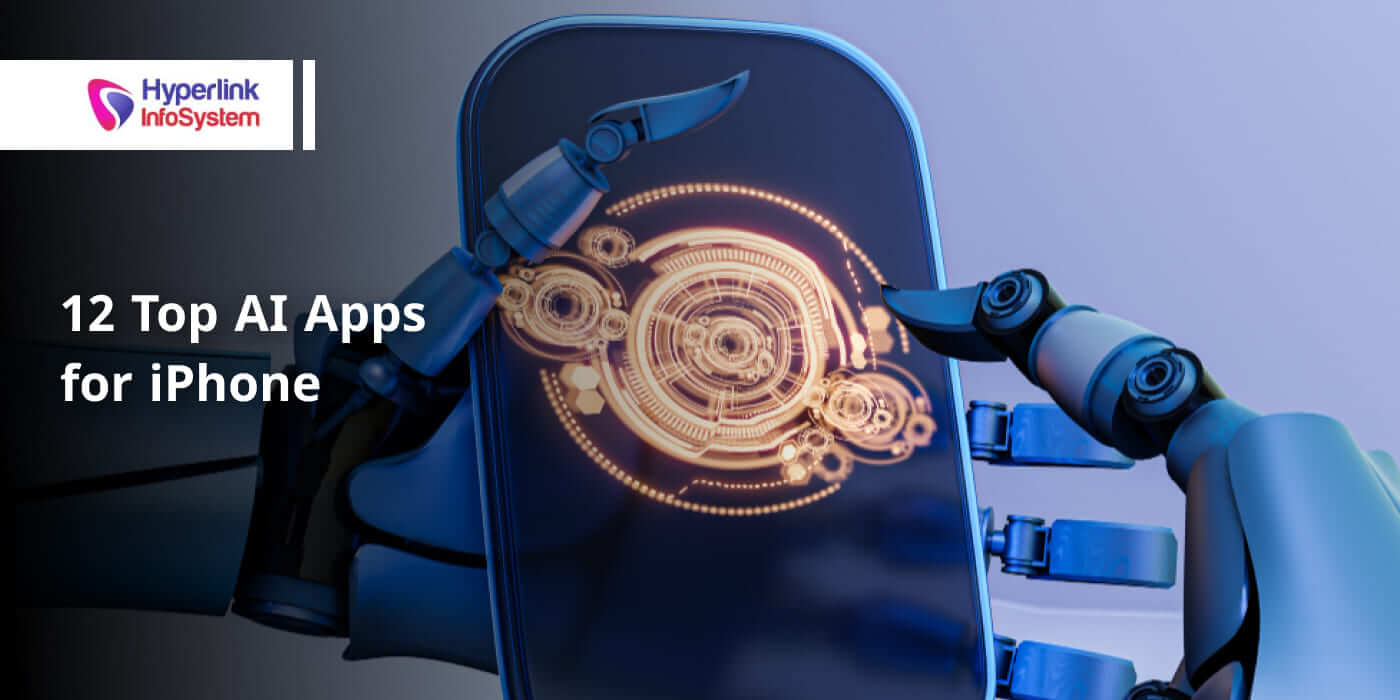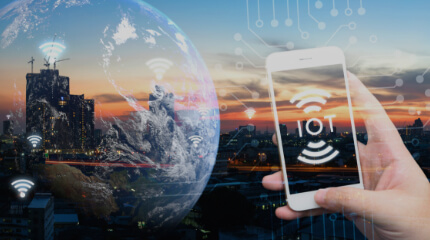In each industry, new trends reflect the daily needs and behavior of people. Constant processes that improve life accompany us everywhere - the mobile sphere is, perhaps, the flagship in this matter.
UI/UX design is the visual component of the whole process. Users expect to see something really catchy when opening a mobile app. New trends and forecasts provide the basis for change in the near future.
1. Minimalism and simple colors
If we are talking about the speed of user actions, this does not necessarily apply to the technical side. When there are too many elements in the mobile app, this is a big inconvenience and confusion. When creating a minimalistic design, you should remember that the simpler the better. Sites that do not use distracting elements will outpace its competitors.
The rule “the simpler the better” applies to a variety of colors. You may have already noticed that most of the popular apps usually have one color and several shades of it.
2. Material Design: Young and Innovative
Back in 2014, the world first became acquainted with the concept of
Material Design. Since then, a lot of work has been done to improve the design of the mobile app market. In the ideology of Material Design laid the effective use of all available space.
Today, Material Design is the most flexible approach, offering the use of light and dark backgrounds. You can see this approach in numerous popular apps available on both the Android platform and iOS. In addition, Material Design provides space for creativity and innovation, allowing designers to add new elements, leading to a variety of color hierarchy and functionality.
3. Extended gestures
Do you remember how unusual it was to use touch phones when they appeared? The mobile world is changing so quickly that a simple press is no longer a surprise. Even Apple has replaced the press of a button with a sensor.
Together with tapping the screen, we can also drag, select, simultaneously re-press and share at the same time.
Touch gestures seem more exciting than using buttons for two reasons.
- "Playing with hands" gives the user a real experience of influencing things and blurs the boundaries between the phone and its owner.
- Gestures are fast. UI/UX design should be as fast as the technical component of the application. Deleting a letter within a second is now more than possible.
4. New tools in mobile navigation
Tablet devices appeared about 5 years ago and they delivered serious UI/UX tests to specialists. The fact is that the tablets have changed the idea of how to hold a smartphone. App development companies have to adjust to the changes.
The emergence of smartphones with large screens makes
app development companies revise their approaches. The main factor remains the same - users should be able to get to all the necessary areas on the screen with their thumb. To do this, collect the most necessary elements at the bottom of the screen.
5. Personalization of design
An individual approach is something that each of us will appreciate when interacting with a mobile app. Today, with the help of analytical services, you can learn a lot about app users, tune in to their geo-location and previous visits, and offer your advertisements depending on previous views and actions. The design should promote a personalized approach to the user.
6. Design of the main page and exit points
The design of the main page of the mobile site should attract attention and contain unique offers that will make the visitor stay.
The design of the exit page is an actual thing for mobile applications, although sites may have such tricks. Congratulate the user with the purchase, offer him a bonus so that he will return again - the exit page should always be attractive.
7. Design of virtual reality
The sphere of virtual reality is still a novelty for design. But the success of
PokemonGo and
Snapchat show that VR is the future and you should learn the right design right now.
Unlike the classics, the UX-part of the VR development depends on four factors:
- Interactivity. If it seemed to you that you know everything about interactivity on mobile devices, you will most likely have to learn even more. Virtual reality is working with a three-dimensional image. Each movement should be displayed in front of the user, and this means that there is a lot of work ahead.
- The fight against the “virtual reality sickness” is a novelty that you most likely have not met yet.
- The lack of eye strain from the user is especially important when working with detailed design. To be even more realistic, the virtual design should work through all the details as the user moves. To force the user to forget that the world around is not real - aerobatics of virtual design.
- VR applications have 3D audio and positional audio. Thanks to this, the user can determine exactly where the sound comes from and this adds to the atmosphere.
Since virtual reality is becoming more real, this causes more problems for app development companies.
8. Design "on hand"
It seemed that it was already impossible to be “closer to the body”, but the mobile device market went further - now we have “smart gadgets” on hand, Apple Watch and Android Wear.
The growing functionality of familiar things also means providing more opportunities for any smartphone user and more difficulties for app development companies. The size of the clock screen limits the number of elements located on it. In addition, you need to consider how the user will interact with the application through a smartwatch.
New trends are new opportunities.
All new trends are a “hot struggle” between previous experience and unexplored features. Mobile development firm along with UX/UI designers in some sense create our future. After all, once and today's standard things seemed something unreal.


























